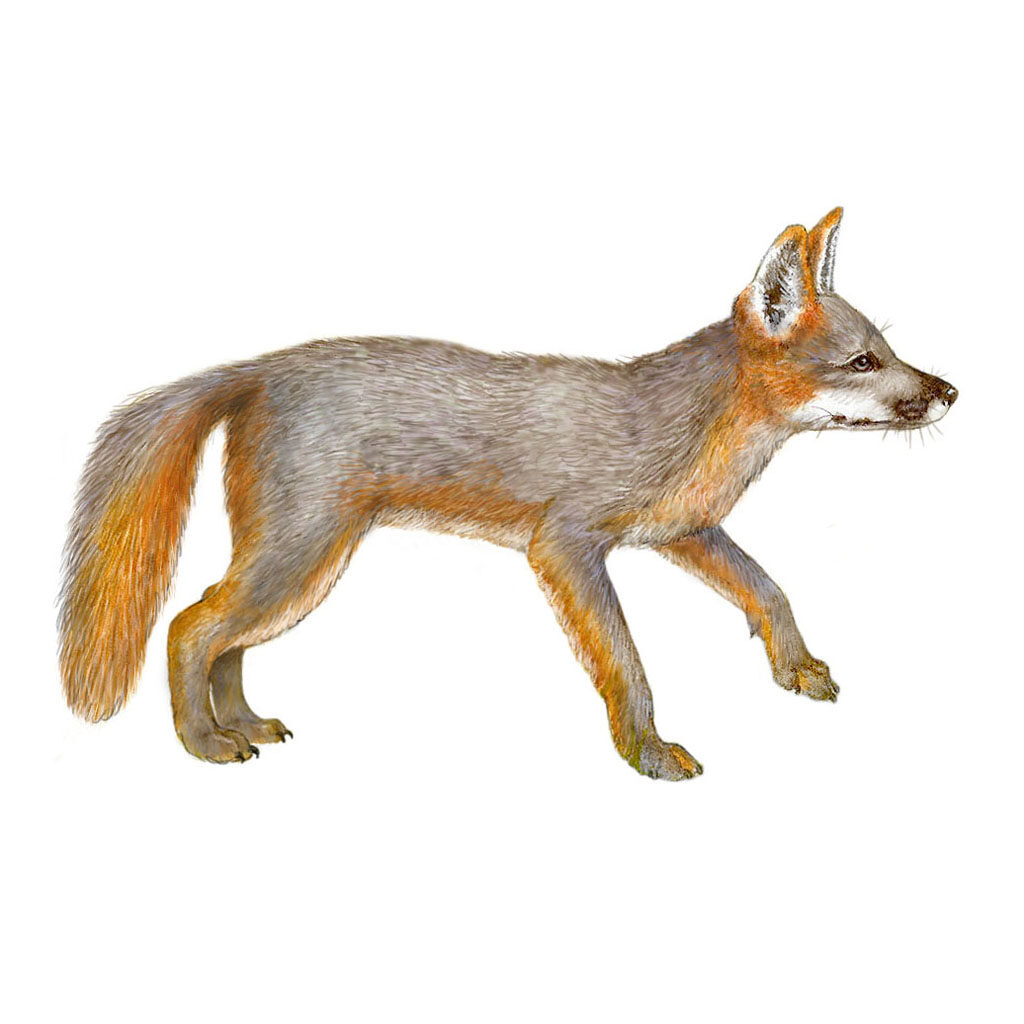Gray Fox

While this is the same species of arboreal (tree-climbing) gray fox that roams across most of the US, the gray fox in Belize – a sleek, pale, long-legged animal – looks a bit different from its frumpy northern counterpart.
But its habits are the same, and it’s well-known for climbing trees to hunt for bird eggs and nestlings, ripe fruits, and insects. It also forages in the leaf litter for insects and lizards. The foxes at Better in Belize are most often seen at dawn and dusk, trotting along the road and making forays into favorite hunting spots in the forest. They have become acclimatized to people, so if you are quiet and move slowly, they will probably not be alarmed.
You might hear one calling at night. It’s a harsh, screaming, throat-ripping bark, which makes you want to offer the fox a cough drop. The Mottled Owl at BIB sounds a lot like this, but it often alternates the call with hoots. Here’s a recording of that to compare (scroll down to “Mottled Owl bird sounds” and play the first entry). So if your fox also hoots, it’s a Mottled Owl. Sorry.
You’d expect an animal with a name like “gray (also grey) fox” to be pretty much, well, gray. But while it has plenty of gray on its upper parts, it is also beautifully splashed with vivid cinnamon-to-orange markings, which makes it quite colorful, (although the gray foxes at BIB are relatively pale all over). The gray fox weighs 8 – 15 pounds as a species, but our lean little Belizean foxes are probably on the low end of the scale. More information about gray foxes here.